THE R7
Measuring 160mm in height, 134mm in length and 110 in width the 1282g R7 (made out of aluminum) is not particularly small.
Here you can see how it compares to the M11S (different models with different usages but they do share some characteristics).
Both sides of the R7 are perforated to allow hot air to exit the interior.
At the front we find the 4.97" color LCD touchscreen together with the on/off/volume and output knobs (LED RGB rings are around the dials and represent the sampling rate - blue for lossy, cyan for SD, Yellow for HiRes, Green for DSD and Magenta for MQA - and the type of bluetooth code - blue for SBC, cyan for AAC, yellow for aptX-HD, white for LDAC and orange for LHDC) and 3 headphone inputs behind a removable cover (6.35mm/4.4mm balanced/XLR balanced).
Moving at the rear of the R7 we find the SD card slot (with the SD to microSD card already mounted), USB-C port, USB-A host port, two RCA line outputs, a balanced line output (left/right), RJ45 LAN port, two optical S/PDIF inputs, two coaxial inputs, DC power in with AC/DC power switch, on/off power switch and the power port with the fuse compartment right over it.
Since FiiO bundles two bases with the R7 there are no feet on its base.
The two rubber bases allow you to choose between flat and angled position.
I do find the angled position to be easier to use (especially with the touchscreen).
When paired with the SP3 speakers again by FiiO the R7 produces very good audio results.
Needless to say, the 4.97" LCD display is almost identical to that of the M11S so whenever you use the R7 details will show on it.

 O-Sense
O-Sense







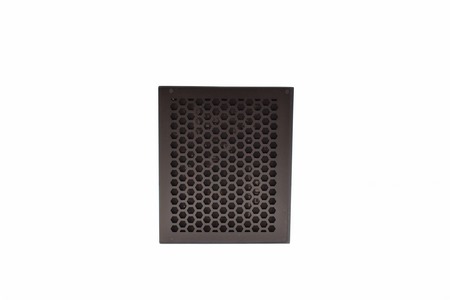
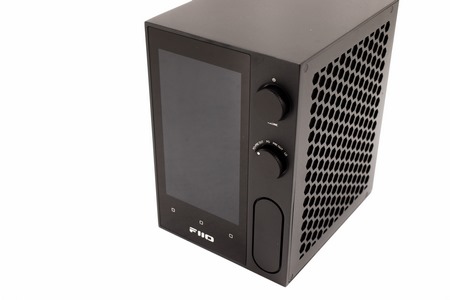


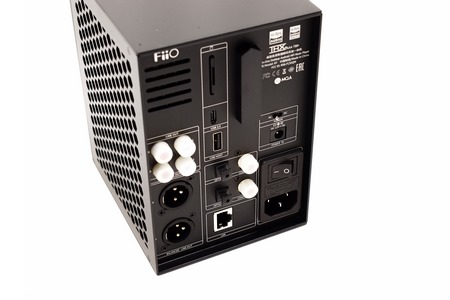



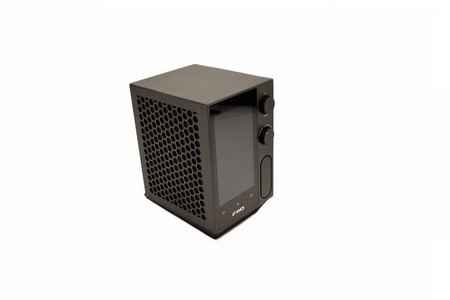
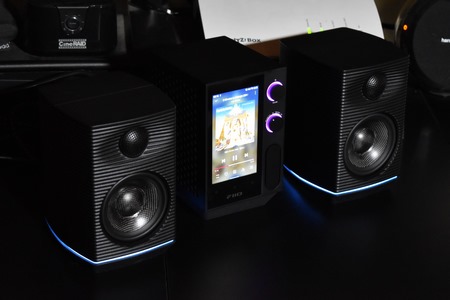
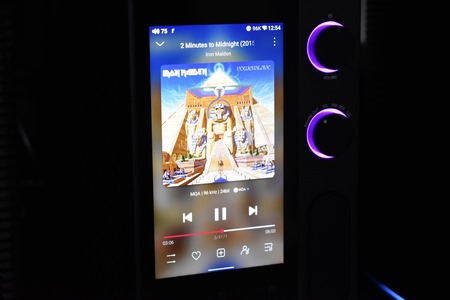


.png)

